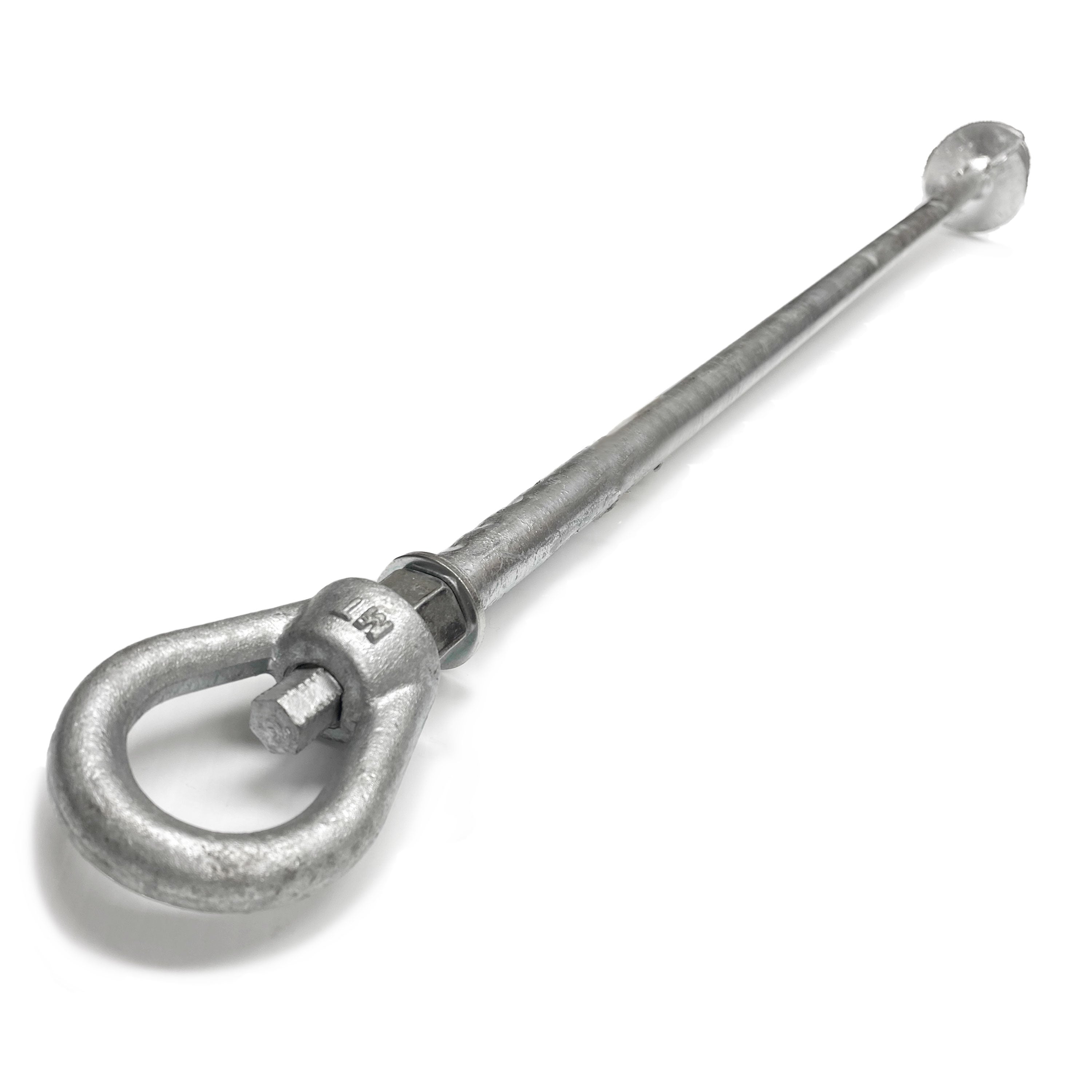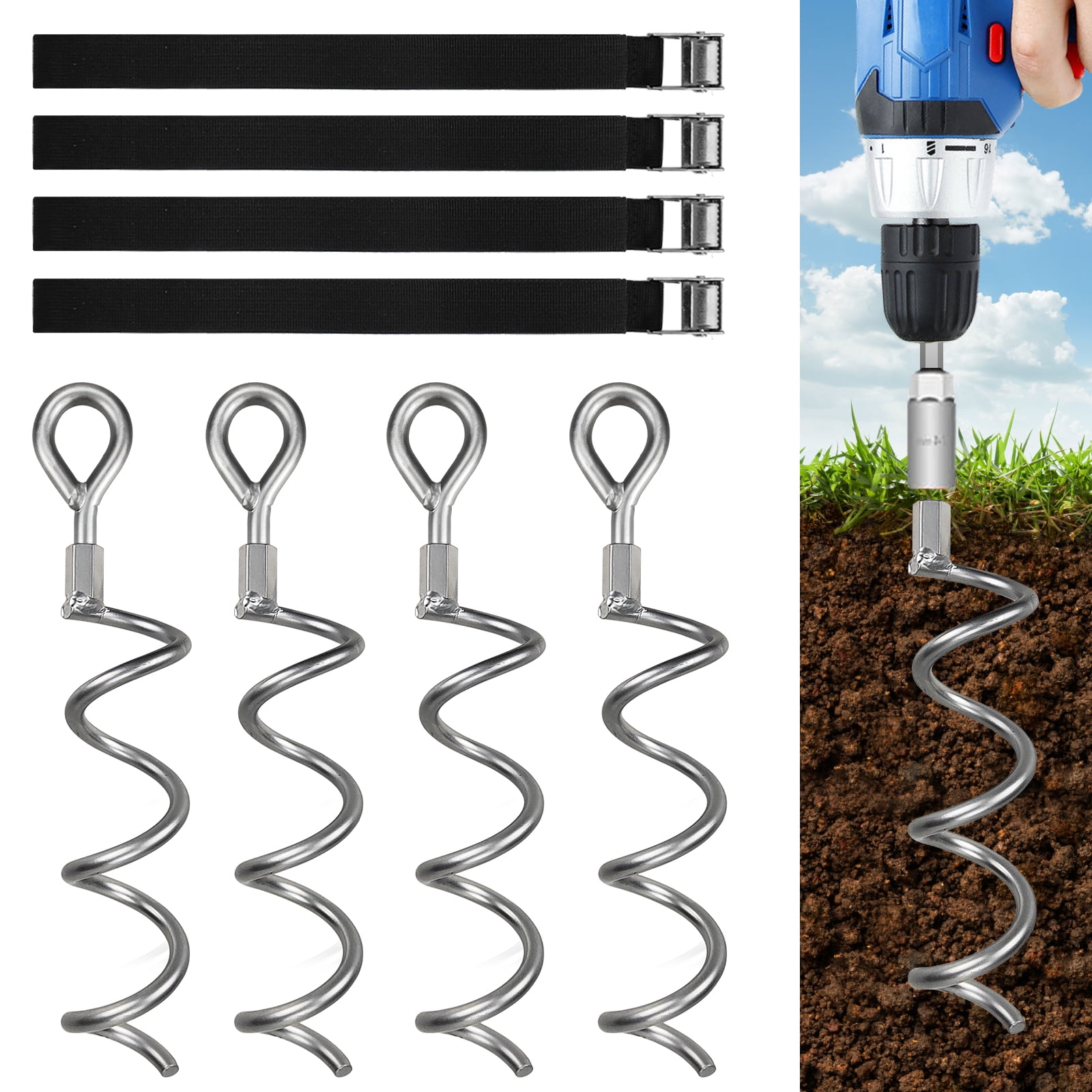Expert-Recommended Techniques to Install a Ground Anchor for Optimal Performance
Expert-Recommended Techniques to Install a Ground Anchor for Optimal Performance
Blog Article
Understand Why Ground Support Is Necessary for Security and Durability
Ground supports are a crucial part in building and construction, giving crucial support and stability for different structures. Their capability to transfer tons properly to the ground not just boosts architectural integrity yet also plays a considerable duty in mitigating threats linked with ecological aspects, such as unsteady dirt and seismic activity. Understanding the various kinds and applications of ground anchors can brighten their essential duty in ensuring safety and resilience. Nevertheless, the intricacies of their setup and the advantages they provide might not be quickly evident, motivating further expedition into this crucial topic.
Duty of Ground Anchors in Building And Construction
Ground anchors play a critical role in construction by providing crucial assistance and stability to structures. These tools are developed to move loads from a structure to the ground, making certain that buildings and other facilities stay safe and secure under different problems. Ground supports are specifically essential in scenarios where soil conditions are unpredictable or where there is a threat of lateral movement, such as on inclines or near bodies of water.
The setup of ground anchors involves boring into the planet to get to stable dirt or bedrock, where the supports can be safely anchored. This procedure not just improves the structural stability of a job yet additionally alleviates the threats connected with soil erosion and moving. Furthermore, ground supports can be used in short-lived frameworks, such as building and construction sites, where they offer necessary stabilization throughout the building procedure.
Ground supports additionally add to the durability and longevity of frameworks by lowering the chance of settlement and failure. Ground Anchor. By effectively distributing and handling tons, these essential elements are critical in keeping safety standards and making sure the dependability of different building and construction tasks. Overall, the relevance of ground supports in construction can not be overstated, as they are integral to successful design methods
Sorts Of Ground Anchors


While many kinds of ground anchors exist, each serves certain applications and conditions within construction tasks. One of the most typical kinds include mechanical anchors, grouted supports, and driven anchors.
Mechanical supports, such as expansion anchors, make use of a mechanical action to protect the support within the substrate - Ground Anchor. These are commonly utilized in lightweight applications, like protecting fixtures to masonry or concrete
Grouted anchors, on the other hand, include drilling an opening, positioning a steel pole or wire, and after that filling the annular area with cement. This approach appropriates for high-load scenarios, supplying enhanced stability and resistance to vibrant forces often found in heavy building.
Driven anchors are normally mounted by driving a steel rod or pipe right into the ground, making them appropriate for temporary applications such as safeguarding scaffolding or formwork. When no longer required., they are quick to set up and can be eliminated conveniently.
Other customized anchoring systems include helical supports, which are screw-like devices utilized in numerous dirt conditions, and deadman anchors, which count on the weight of a hidden challenge provide stability. Each kind of ground anchor is made to satisfy particular engineering needs, ensuring safety and security and architectural integrity.
Advantages of Using Ground Anchors
The benefits of using ground supports in building and construction projects are substantial, boosting both safety and architectural performance. Ground anchors provide vital resistance against lateral forces, such as dirt activity, wind lots, and seismic task. This resistance helps preserve the stability of frameworks, stopping possible failings that might lead to harmful circumstances or expensive repairs.
Moreover, ground supports facilitate the effective transfer of lots from frameworks to the bordering dirt, guaranteeing a well balanced circulation of weight. This load transfer reduces the risk of clearing up or shifting, which can jeopardize the honesty of a building in time. By employing ground supports, engineers can likewise create extra reliable layouts, as they enable slimmer architectural aspects while preserving safety requirements.
Additionally, ground this page anchors are flexible and adaptable to numerous dirt problems and project requirements. Their installation can usually be completed quickly and with marginal disruption to the surrounding atmosphere, making them a reliable option for numerous building and construction applications. Ultimately, making use of ground anchors enhances not just the resilience of structures however additionally adds to a more secure working atmosphere for building employees and future passengers.
Common Applications and Utilizes
Numerous construction tasks leverage ground supports for their effectiveness in boosting stability and safety. These functional elements are typically used in various applications throughout the building and civil engineering fields. One prevalent application is in keeping walls, where ground anchors provide the needed support to stop dirt activity and maintain structural integrity.
Furthermore, ground anchors are crucial in safeguarding momentary frameworks, such as scaffolding and shoring systems, guaranteeing they remain stable during construction activities. In the world of foundation assistance, they are utilized to strengthen existing frameworks, specifically in areas prone to ground settlement or changing soil problems.
Ground anchors likewise find extensive use in slope stablizing tasks, where they aid alleviate landslide dangers by anchoring the dirt to secure rock formations. One more considerable application remains in the setup of wind turbines, where they protect the base against lateral pressures find this generated by wind, ensuring functional safety and long life.
Moreover, ground supports are used in tunneling projects to support the bordering ground throughout excavation. Their varied applications underline the essential role ground anchors play in maintaining safety and security and toughness in different building scenarios.
Installation Best Practices
Successful application of ground supports in various building tasks depends upon efficient installment methods. Correct installment is critical to make sure the supports meet their designated purpose and keep architectural integrity with time. Trick finest practices include thorough site assessment, which includes reviewing dirt conditions, lots needs, and ecological factors that might affect support performance.
Before setup, it is necessary to pick the suitable kind of ground support based on the certain application and dirt attributes. Utilizing high-quality products and adhering to manufacturer requirements will boost the anchor's resilience and effectiveness. Throughout setup, guarantee that the anchor is positioned at the right angle and depth, as these elements substantially affect load-bearing capacity.
Furthermore, making use of correct equipment and methods is critical, including boring or driving techniques tailored to the website problems. After setup, performing lots testing can confirm the anchor's efficiency and recognize any kind of prospective problems early. Normal inspections are additionally advised to monitor the condition of the supports and surrounding soil. By complying with these installment best practices, specialists and engineers can improve the security and long life of frameworks reliant on ground anchors.

Verdict
In summary, ground anchors are necessary elements in building, substantially enhancing safety and security and longevity. Their capacity to transfer lots effectively reduces dangers associated with unpredictable soil and lateral movements. The varied types and benefits of ground supports, coupled with their comprehensive applications, emphasize their importance in both short-term and irreversible structures. Sticking to installment ideal techniques guarantees ideal performance, blog here thus adding to the total honesty and long life of construction jobs.
The installment of ground supports entails drilling into the earth to reach steady dirt or bedrock, where the supports can be firmly anchored.The advantages of utilizing ground supports in construction projects are substantial, boosting both safety and structural performance.Countless construction jobs leverage ground supports for their effectiveness in improving stability and security.Successful application of ground anchors in different building and construction tasks hinges on reliable installation methods.In summary, ground anchors are necessary components in building, substantially enhancing security and toughness.
Report this page